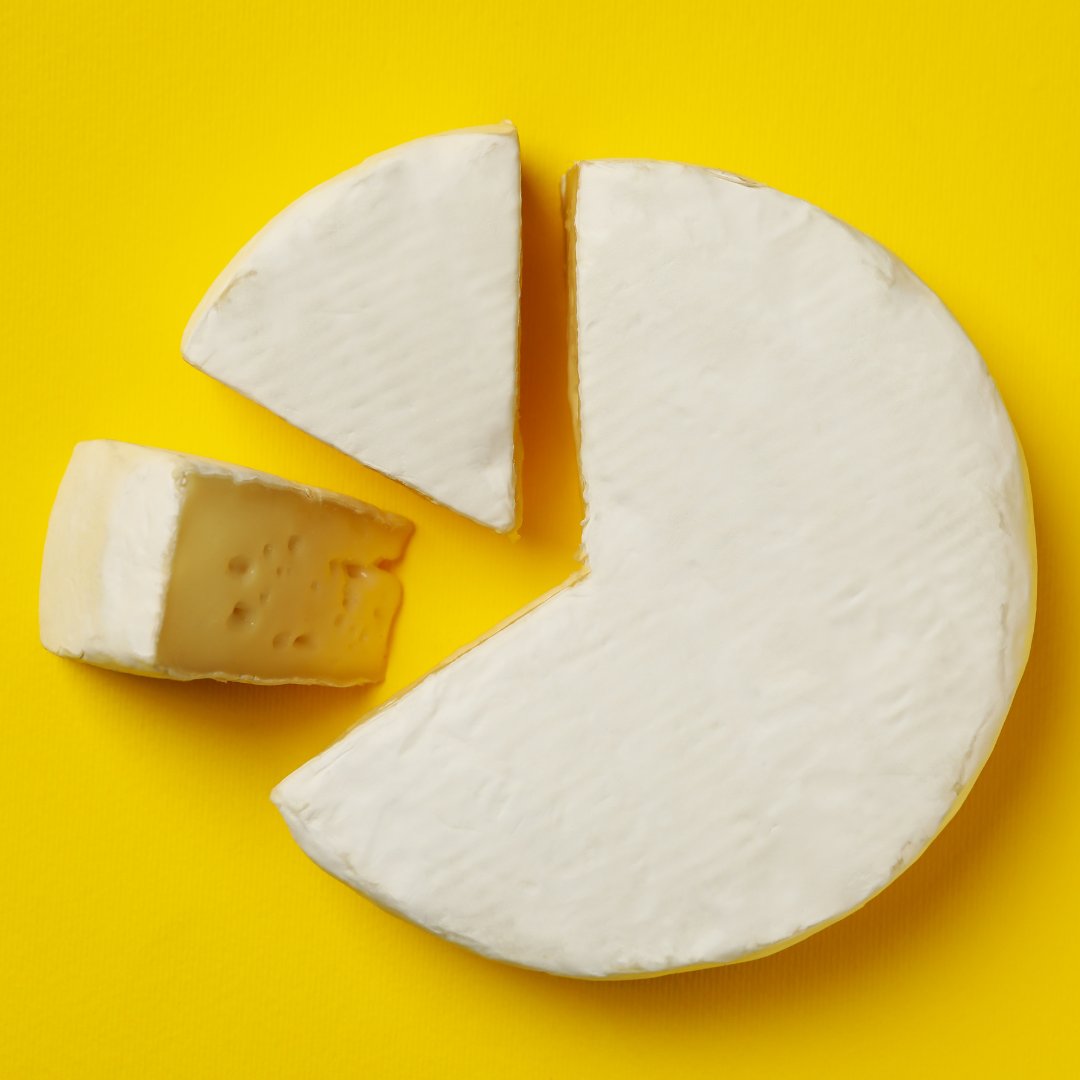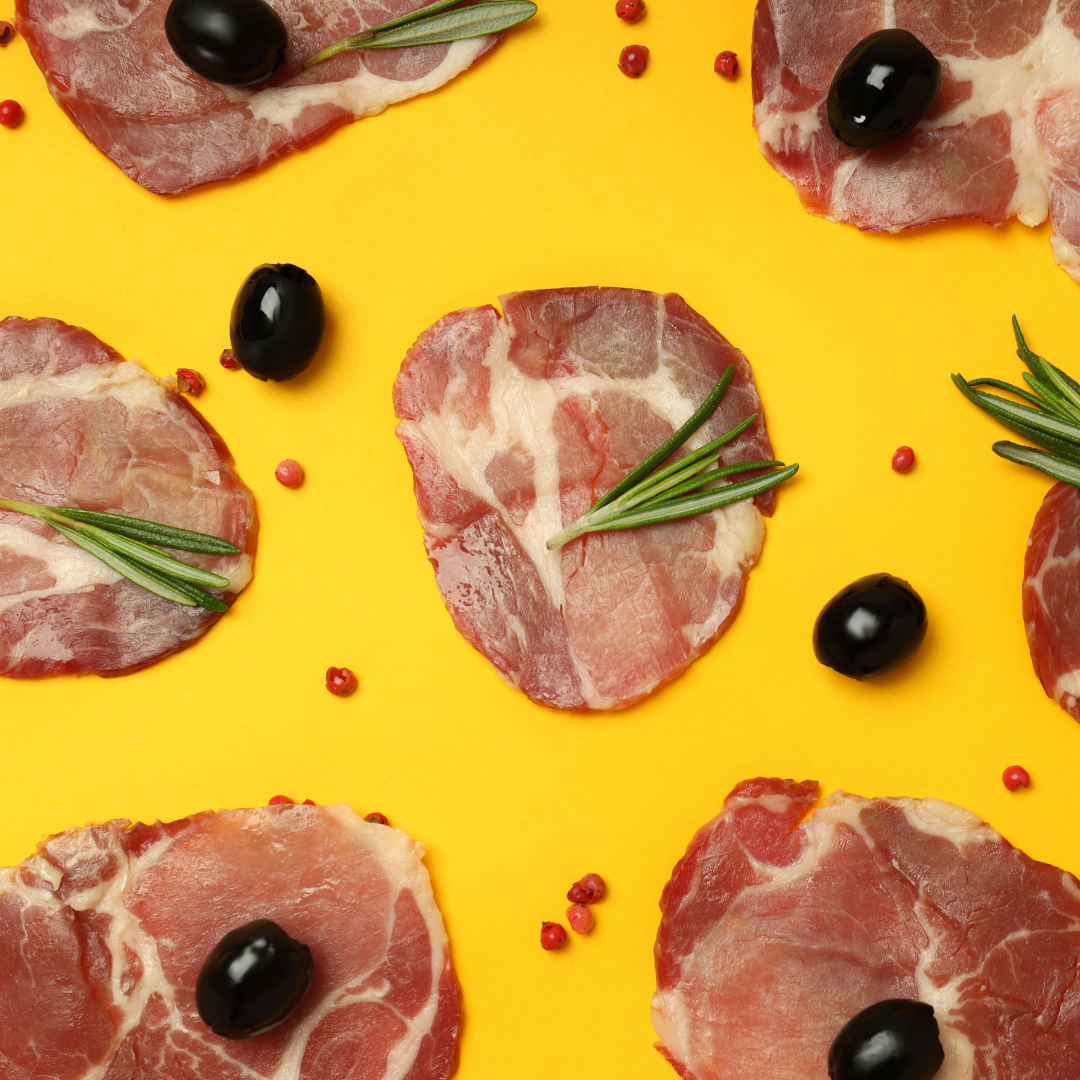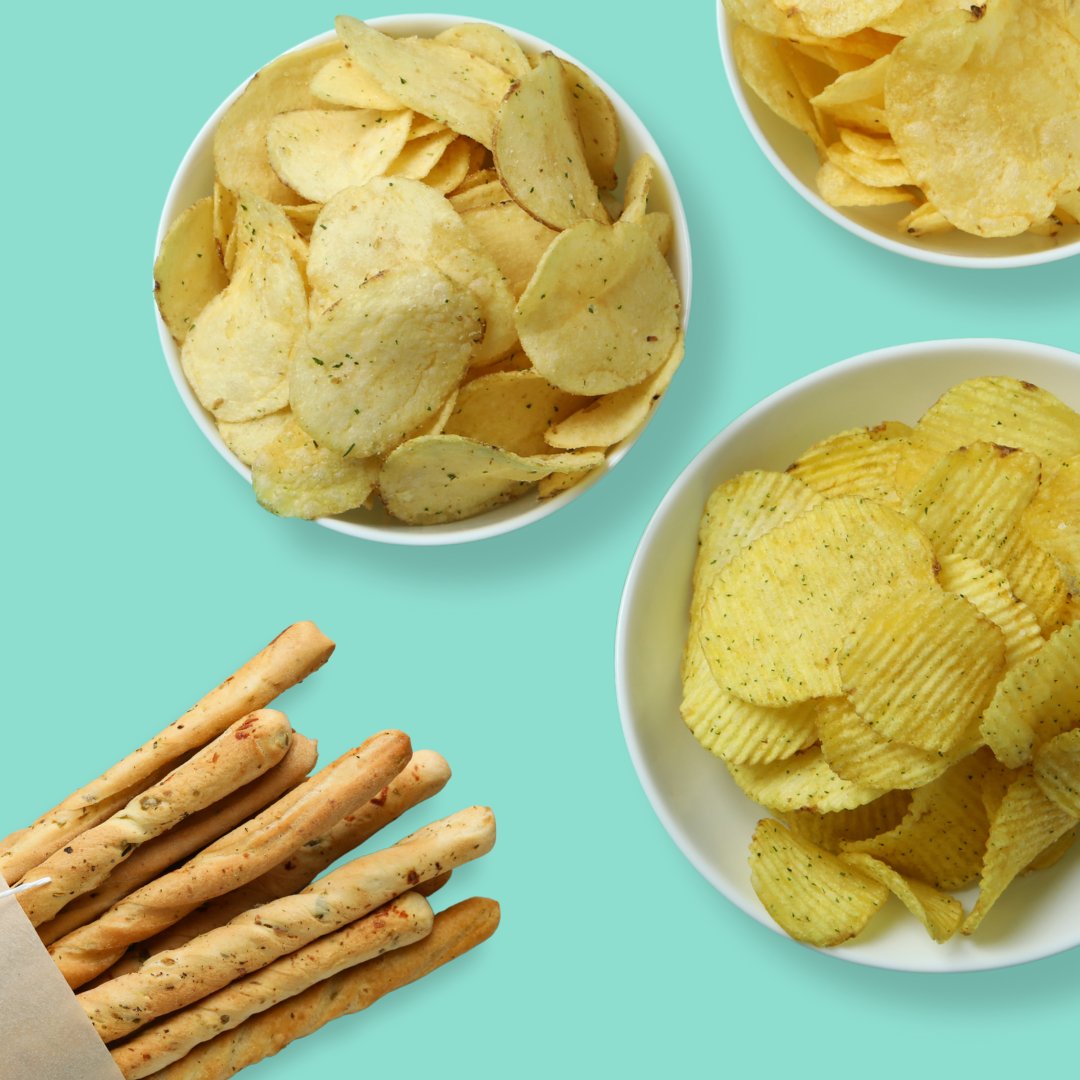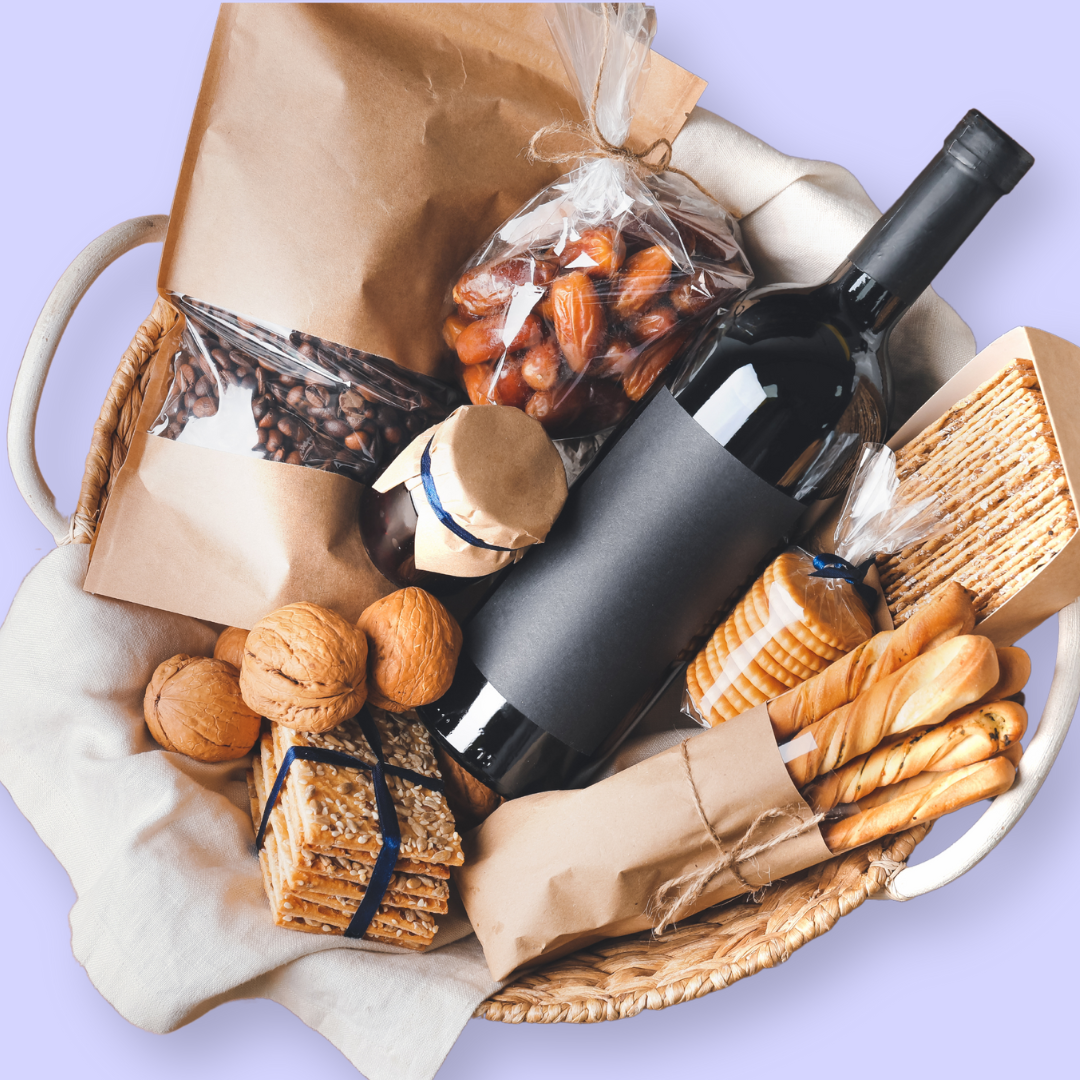Brick House Cascadia Chardonnay, Willamette Valley, Oregon 2017
Ribbon Ridge is a small but exciting winegrowing zone in northern Willamette Valley and is becoming known for producing high-quality Chardonnay wines. Chardonnay grapes thrive in the Burgundy-like climate, with cool, wet winters and warm, dry summers. The soil in the region is well-draining, with a mix of clay, loam, and volcanic rock, which helps to produce wines with a good balance of acidity and richness. Since 1990, Brick House has been a pioneer in working biodyanmically in Willamette, emphasizing the use of natural yeasts, compost preparations and techniques such as planting and harvesting based on astrological cycles, and permaculture, using the natural biodiversity of the ecosystem on their 30-acre farm to enhance the health and vitality of the soil and the vines. Winemaker Doug Tunnell says he views his farm “as a living organism, an extension of ourselves, seeking balance and good health.”
For all its accolades and success, Brick House is still a small, boutique estate, making less than 4,000 cases yearly across all the wines they produce, which is primarily Chardonnay, Pinot Noir, and Gamay. This Chardonnay, the Cascadia, is his top white wine. Fresh fruit is pressed into a variety of neutral French oak barrels where a spontaneous native fermentation begins. The wine stays in barrel for a full year, completing malolactic fermentation while comingling with its lees, or spent yeasts, and increasing its body and complexity before being moved to steel tank for six months, then bottled.
If you care about scores, this wine is always a 90+ point wine in The Wine Advocate, Vinous, and other publications, and the love its refreshing subtlety in its youth. Cascadia is not a big, bold buttery bomb, but a soft invitation to find pleasure alongside a wonderful meal. The 2017 has a few years of age on it now, and I absolutely love how notes of marzipan, saffron, and pear lift from the glass. Try with roasted chicken, baked potatoes with fixens, or linguine and clams. —Cara Patricia






